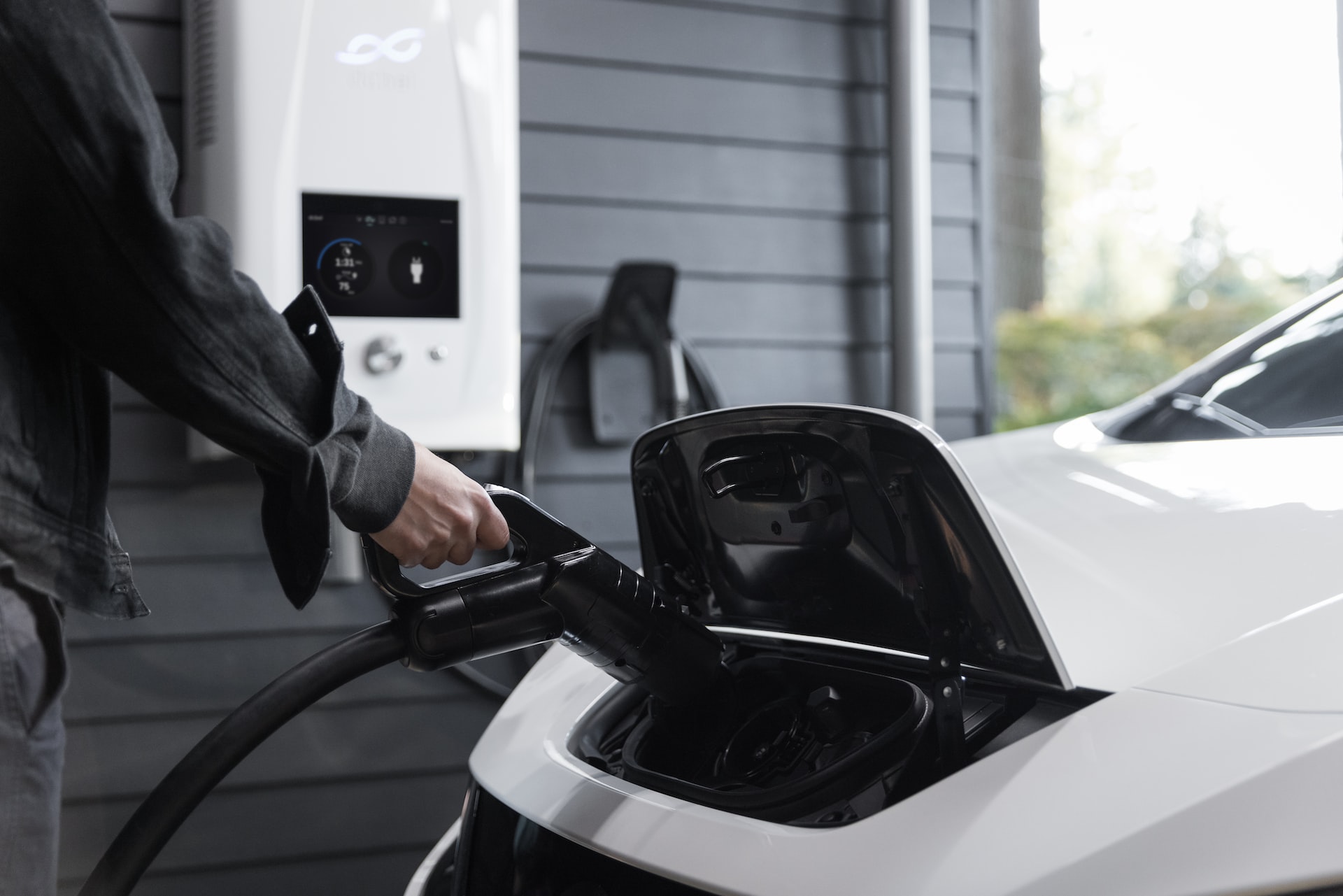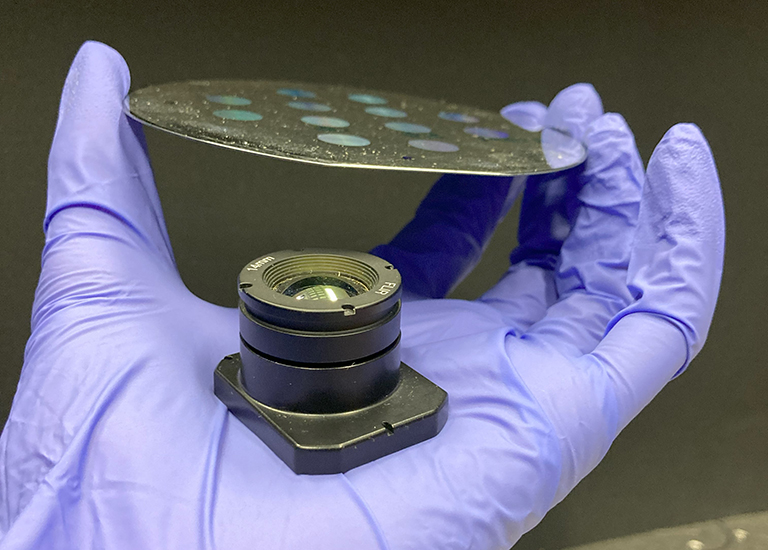It’s common knowledge that modern manufacturing is dependent on CNC machines running as smoothly as possible. Since the engineering breakthrough that brought them to the world, these machines have been vital for large and small-scale operations of carving, drilling, shaping, cutting, and other techniques in the manufacturing process. In addition, due to its high level of precision, CNC technology is vital in today’s assembly line setting, where manual labor would be unfeasible or impractical.
In the unfortunate event of CNC machines being broken and unable to function, manufacturing businesses face thousands of dollars worth of costs linked to losing customers, not meeting shipments, wasting a lot of hours, and so on. To prevent this, companies need to ensure they have scheduled inspections and enforce preventive measures to lower production hold-ups caused by breakdowns.
Why Is CNC Machine Maintenance Important?
Maintenance is necessary with all kinds of manufacturing machines, and CNC machines are no exception. From glass processing machines to CNC lathes, the bottom line is that the production of CNC parts can be delayed indefinitely if a machine breaks down, causing your business to lose customers or not deliver on time and breach a contract.
To avoid this, you need to have a comprehensive maintenance plan. There are things you need to do daily, weekly, biweekly, monthly, every three months, every six months, and every year. Read below what procedures are necessary to keep your machines operating swiftly.
Daily Procedures
These routines will help you make sure your machines don’t break down because of basic fallacies like insufficient air supply, congestions, and lack of lubrication oil. Daily maintaining procedures need to involve:
- Monitoring hydraulic pressure to make sure it is at the appropriate level.
- Monitoring hydraulic fluids to make sure they are at the proper level.
- Monitoring pressure to make sure it is at the proper level.
- Monitor the state of the coolant unit to make sure the coolant system is working correctly.
- Keeping the stainless-steel screens clean and applying hydraulic oil to ensure unrestricted movement.
- Keeping the windows and doors of the CNC machines clean.
- Monitoring the lube and refilling it constantly.
- Keeping the pan clean from chips.
Weekly and Biweekly Procedures
Your weekly and biweekly CNC maintenance procedure should include:
- Making sure that the slideways of the machines are properly adjusted.
- Ensuring that the filter of the control cabinet is clean so that air can pass through freely and keep the machines cool.
- In addition, every two weeks you should conduct a thorough cleaning using fire-resistant cleaning fluid, like propanone.
Monthly and Trimontly Procedures
Each month, if you want to maintain your CNC machines in working order, it would be best for your maintenance technicians to:
- Inspect the state of the brushes and all the electrical wires.
- Make sure there are no brambles or damages in the quill area.
- Make the required readjustments to keep dead stops and switches at a minimum.
- Greasing the filters of the coolant tank and the chain of the chip carrier is something that you really should do once every three months.
Six-Monthly Procedures
All oil drainages, air tanks, pumps, and coolant tanks must be checked twice a year. Of course, after you’ve checked them, it is time to clean them. Keeping these elements pristine is a crucial method to keep your machines operating at a high level, so don’t leave them out of your maintenance routines.
To give you an idea of what we’re talking about, let’s take your coolant tank, for example. As time passes, it may collect dirt, and if it isn’t cleaned correctly, it will lower the tank capacity. As a result, the coolant may get tarnished, damaging the mandrel. To avoid all of this, you will need to do these procedures every six months:
- Cleanse the radiator and ensure its fins are in proper alignment and undamaged.
- Remove any sludge, oil, or chips from the coolant tank.
- Inspect the equalization of the CNC machine and readjust it if necessary.
- Empty and refill the coolant system.
- Cleanse the coolant tank’s dirt, musk, oil, and chips.
- Change both filters on the hydraulic tank (suction and line suction). Also, replace old hydraulic oil with a fresh one.
- Change lubricant with a fresh one and empty and cleanse the lubrication unit.
- Get the chuck and jaws of the CNC machine washed.
Once a Year Procedures
Every year you should make the following inspections with the help of your CNC machines dealer:
- Check the parallelism and inclination of the turret.
- Check for the taper on the headstock.
- Check the spindle for radial and end play, as well as the chuck cylinder for running out.
- Request that your dealer runs a backlash program to check for backlash in the X and Z axes and make any required adjustments.
- Request that your dealer inspects the X and Z axis gibs and make any required adjustments.
- Check for the taper on the tailstock.
Final Thoughts
CNC machine breakdowns are no one’s favorite, as they usually result in wasting precious resources and time. However, putting a formidable preventive maintenance plan will keep you safe from unpleasant and costly surprises. Like most things in life, it is a two-way street: If you take care of your machine, it will take care of you and your business.







